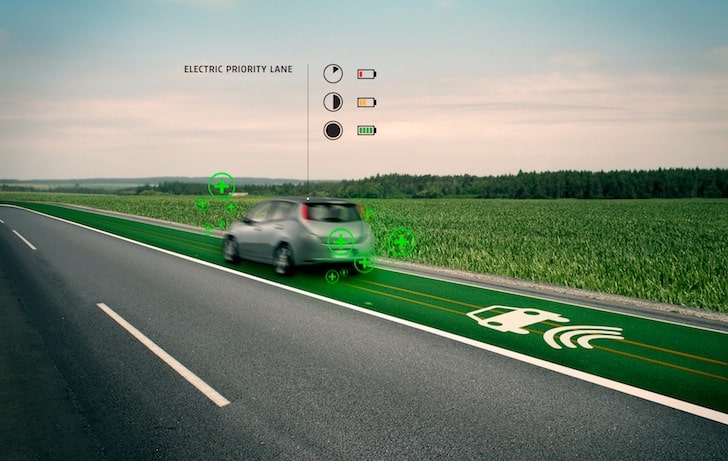It seems there’s no end to the new high-tech gadgetry and vehicle system innovations that drivers can now experience, no matter the make and model of their preferred vehicle. From voice-activated, remote control subwoofers car stereos, and entertainment brilliance, to fully autonomous motion concept cars, to biometric vehicle access and so much more.
Says one automotive reporter who attended a recent Detroit Auto Show, many new car technologies for drivers are like the stuff of science fiction. Some of these advanced hi-tech innovations are said to be right around the corner, while much of them are still a long way down the road if you’ll pardon the pun. However, there’s no question that new hi-tech car and driver innovation is speeding up every year. What’s said to be even more interesting is the overall driver demand for these innovations.
That said, what hi-tech driver innovations that seem like science fiction now, will become an everyday reality in just a matter of five years? Here are just a few.
Contents
The Autonomous Vehicle
This is the big one we’ve all been waiting for. Says Forbes Magazine, an autonomous vehicle shouldn’t be confused with a “fully autonomous vehicle,” since it’s going to be more than five years before a car can drive itself anywhere, at any time, at any speed, on any type of road or highway, without a driver at the controls.
But come 2021 and beyond, we will begin to see cars that will be fully autonomous under certain circumstances like driving long stretches of rural interstates. You might liken this driverless concept to advanced cruise control.
Driver Override System
This concept can actually be a little intimidating for drivers since it suggests that a car will not only be fully autonomous one day, but its computer sensors will have the ability to override your commands. Many car models on the road today will stop automatically if you fail to hit the brakes at an intersection with a stop sign or a red light.
Cars can also stop if a person suddenly walks out onto a busy road or if another vehicle cuts in front of you. It’s said that a rapid increase in car sensor hi-tech will allow the car to make final decisions over that of the driver.
Biometric Vehicle Entry
In recent years, we’ve seen a major shift from the traditional key to keyless car access and start. This will soon be followed by key-fob-less access and start. What’s this mean? You can unlock your car and start it using nothing more than your fingerprint, just like you can access your smartphone and many of its apps with your own unique fingerpad.
Eyeball/retinal scanning tech is said to be coming one day soon also.
Thorough Vehicle Tracking
If an insurance company can track a vehicle’s every move, they can base their fees on how many miles a driver drives over a certain dedicated period. As the 2020s progress, it should become commonplace for insurance companies to offer reduced rates for drivers who are to engage in thorough or comprehensive vehicle tracking.
While this might seem like an infringement on drivers’ rights as free people, it’s said that this concept will remain voluntary. However, some insurance companies are actually already requiring their drivers to engage in comprehensive vehicle tracking if they wish to be insured. It’s already routine for commercial truckers to be tracked and has been for some time.
Active Window Display
HUD, or Head-Up Display, is said to have come a long way since the luminescent green digits that some, more high-end cars displayed on their windshield two decades ago. But in the 2020s, innovative HUD technology will allow for active glass that’s capable of displaying bright and colorful images. This kind of visual high-tech will allow a car’s navigation system to highlight the next turn or intersection via your windshield while you approach it.
Smart In-Car Marketing
Every day you receive ads over your social media accounts, like Facebook, Twitter, Google, Gmail, AOL, LinkedIn, Instagram, and more that reflect your online searching and shopping behavior. As the 2020s progress, most cars will be connected to the internet, and this means marketers will be provided with comprehensive data and metrics that will allow them to customize their messaging.
You might hope for this to be an “opt-in feature,” but the era of personalized, location-based advertising and influencing is most definitely on its way. Already, your smart car stereo system knows which music you prefer and don’t prefer, based upon your conversations with Artificial Intelligence gadgets like Alexa.

